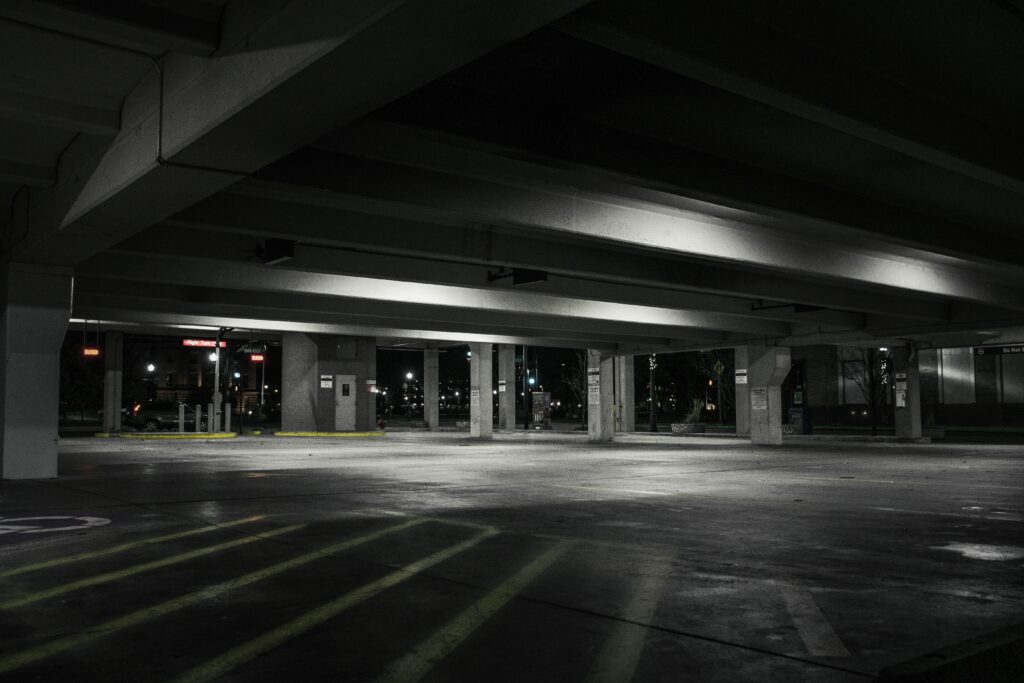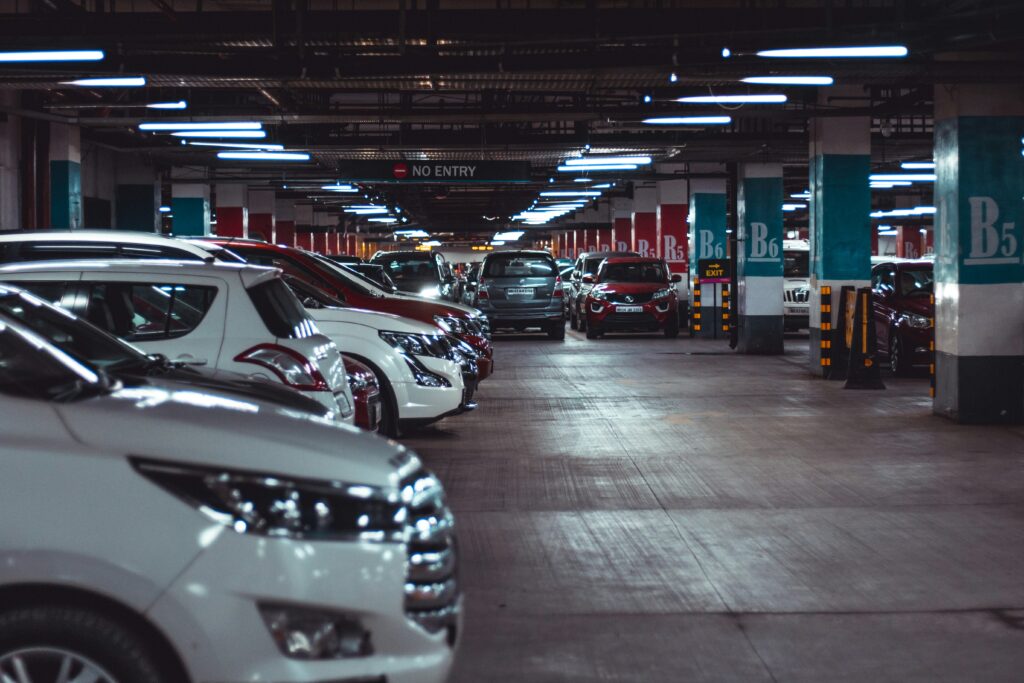The Evolution of Parking Payment Solutions: A Modern Necessity

In today’s urban landscape, the demand for efficient parking payment solutions has surged, driven by increasing vehicle ownership and urbanization. Traditional parking systems, characterized by manual processes and coin-operated meters, are rapidly being replaced by innovative, technology-driven solutions. These modern systems offer numerous benefits, including convenience, security, and efficiency, which are essential in accommodating the growing number of vehicles and the corresponding demand for parking spaces.
The Shift from Traditional to Modern Parking Payment Solutions
The evolution of parking payment solutions began as cities grew and the need for organized parking became apparent. Initially, parking meters were simple devices where users deposited coins to park their vehicles for a specified duration. While functional, these systems had significant limitations, such as the need for exact change and the inconvenience of physical maintenance.
The advent of digital technology marked a significant turning point. The introduction of electronic payment systems and smart meters has revolutionized the way we pay for parking. These solutions enable payments through credit and debit cards, mobile apps, and contactless methods, providing a seamless experience for users. The transition from cash to digital payments has not only made the process more efficient but also enhanced the overall user experience by reducing the time and effort required to find and pay for parking.
Benefits of Modern Parking Payment Solutions
Convenience and User Experience
One of the primary advantages of modern parking payment solutions is the convenience they offer. Mobile apps, in particular, have transformed the parking experience. Users can now locate available parking spots, reserve them in advance, and pay using their smartphones. This eliminates the need to carry cash or search for a parking meter, significantly reducing the stress associated with finding parking in busy urban areas.
Enhanced Security
Digital payment systems enhance security for both users and operators. For users, the risk of theft associated with carrying cash is eliminated. For operators, electronic payments reduce the likelihood of vandalism and theft of physical meters. Moreover, digital transactions provide a transparent record, simplifying the auditing process and reducing the risk of fraud.
Efficiency and Time Savings
Modern parking payment solutions streamline the entire parking process. Smart meters and mobile apps provide real-time data on parking availability, helping users quickly find vacant spots. This not only saves time but also reduces traffic congestion and emissions caused by vehicles circling in search of parking. Additionally, automated systems reduce the need for manual intervention, allowing parking operators to allocate resources more effectively.
Data and Analytics
Advanced parking payment solutions come equipped with data analytics capabilities. These systems collect valuable data on parking usage patterns, peak times, and user preferences. Operators can use this data to optimize parking management, adjust pricing dynamically, and improve overall service quality. For city planners, this information is crucial for making informed decisions about infrastructure development and traffic management.
Integration with Other Systems
Modern parking payment solutions are often integrated with other urban systems to create a seamless mobility experience. For instance, integration with public transportation systems allows users to plan their journeys more effectively, combining different modes of transport. Some cities have implemented unified payment platforms where a single app can be used to pay for parking, public transit, bike-sharing, and more. This holistic approach simplifies the user experience and encourages the use of multiple transportation modes, promoting sustainability.
Challenges and Considerations
While the benefits of modern parking payment solutions are clear, there are challenges to be addressed. One significant concern is the digital divide. Not all users have access to smartphones or digital payment methods, which can create barriers for certain demographics. Ensuring inclusivity by providing multiple payment options is essential to avoid alienating these users.
Another challenge is the implementation cost. Upgrading to advanced parking payment systems requires significant investment in technology and infrastructure. Cities and private operators need to carefully consider the cost-benefit ratio and explore funding options, such as public-private partnerships, to make these upgrades feasible.
The Role of Parking Lot Access Control Systems

An integral component of modern parking management is the parking lot access control system. These systems regulate entry and exit to parking facilities, enhancing security and optimizing space utilization. By integrating access control with payment solutions, operators can create a seamless, automated experience for users.
Parking lot access control systems use technologies such as license plate recognition, RFID, and barcode scanning to manage vehicle entry and exit. When combined with digital payment solutions, these systems allow for automated billing based on the duration of stay or pre-paid reservations. This integration reduces the need for manual checks and speeds up the process, making it more efficient for both users and operators.
Case Studies: Successful Implementation
San Francisco’s SFpark
San Francisco’s SFpark project is a pioneering example of how modern parking payment solutions can transform urban mobility. The project implemented smart parking meters and a mobile app to provide real-time information on parking availability. Dynamic pricing was introduced to manage demand, with prices adjusted based on occupancy rates. This approach reduced congestion and improved the efficiency of parking management in the city.
London’s Congestion Charge
London’s congestion charge zone incorporates advanced parking payment solutions to manage traffic and reduce pollution. The system uses automatic number plate recognition (ANPR) to monitor vehicles entering the zone. Users can pay the charge through various digital channels, including a mobile app. The integration of payment systems with access control has streamlined operations and improved compliance.
The Future of Parking Payment Solutions
The future of parking payment solutions lies in further integration and automation. Emerging technologies such as the Internet of Things (IoT), artificial intelligence (AI), and blockchain have the potential to enhance these systems further. IoT-enabled sensors can provide real-time data on parking space occupancy, while AI can predict demand and optimize pricing strategies. Blockchain technology offers secure and transparent transaction records, reducing the risk of fraud.
Additionally, the rise of autonomous vehicles presents new opportunities and challenges for parking payment solutions. As self-driving cars become more prevalent, parking systems will need to adapt to accommodate these vehicles. Automated valet systems, where autonomous cars park themselves, are already being tested in some cities, promising a future where parking is entirely automated.
Conclusion
The evolution of parking payment solutions is a testament to the impact of technology on urban mobility. From the simplicity of coin-operated meters to the sophistication of digital payment systems and integrated access control, these solutions have transformed the way we manage parking. As cities continue to grow and the demand for efficient parking increases, the adoption of advanced parking payment solutions will be crucial in creating sustainable, smart urban environments. The integration of these solutions with other mobility systems and the potential of emerging technologies promise an exciting future for parking management, making it more convenient, secure, and efficient for everyone.



